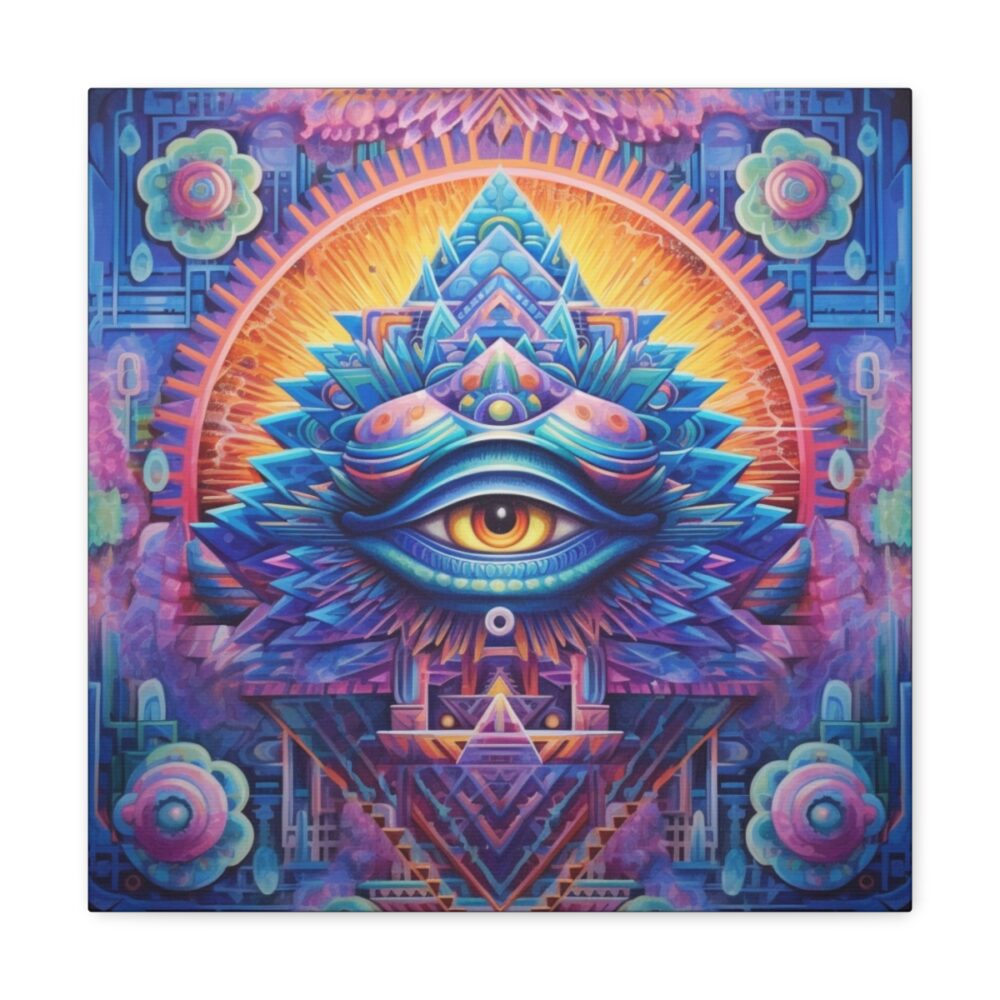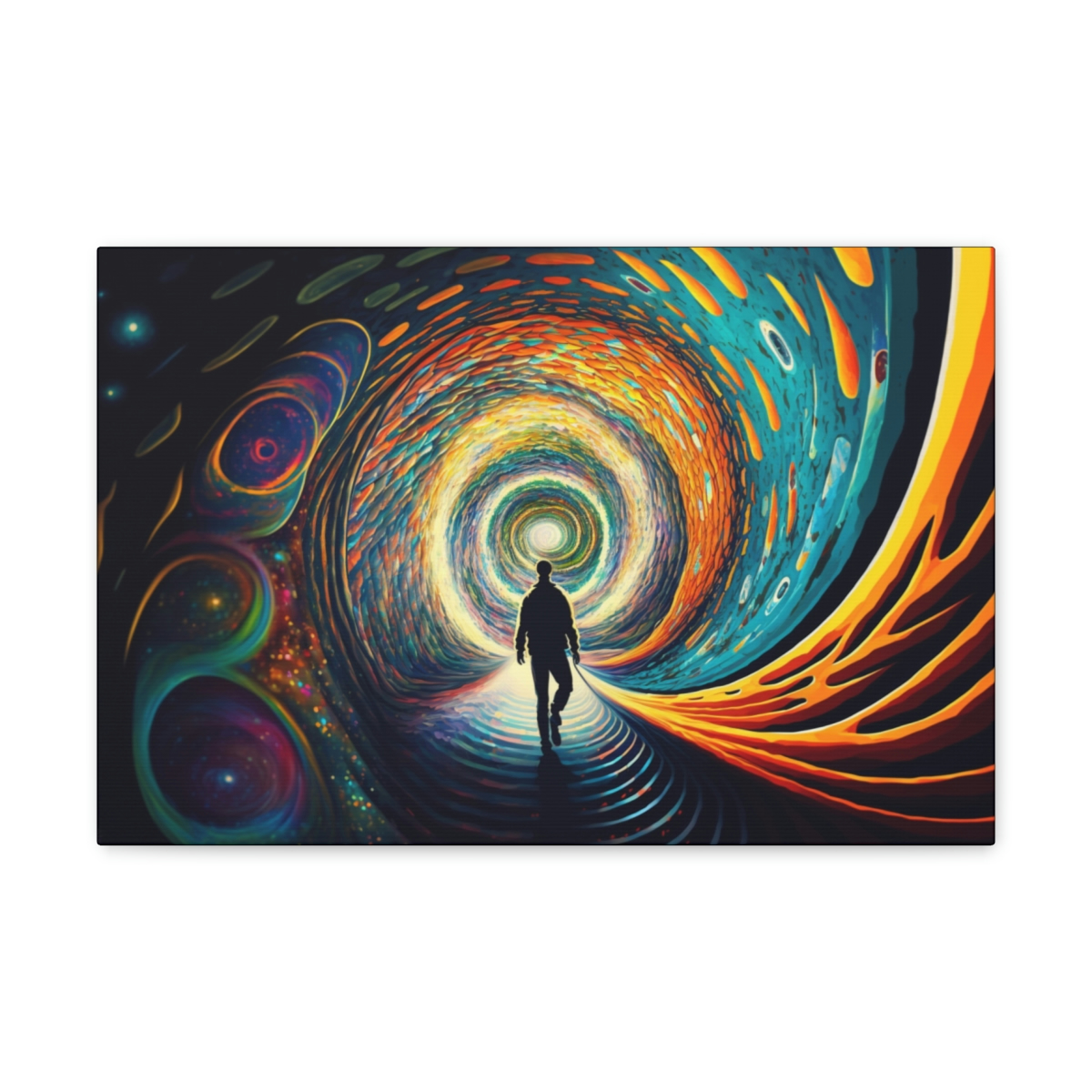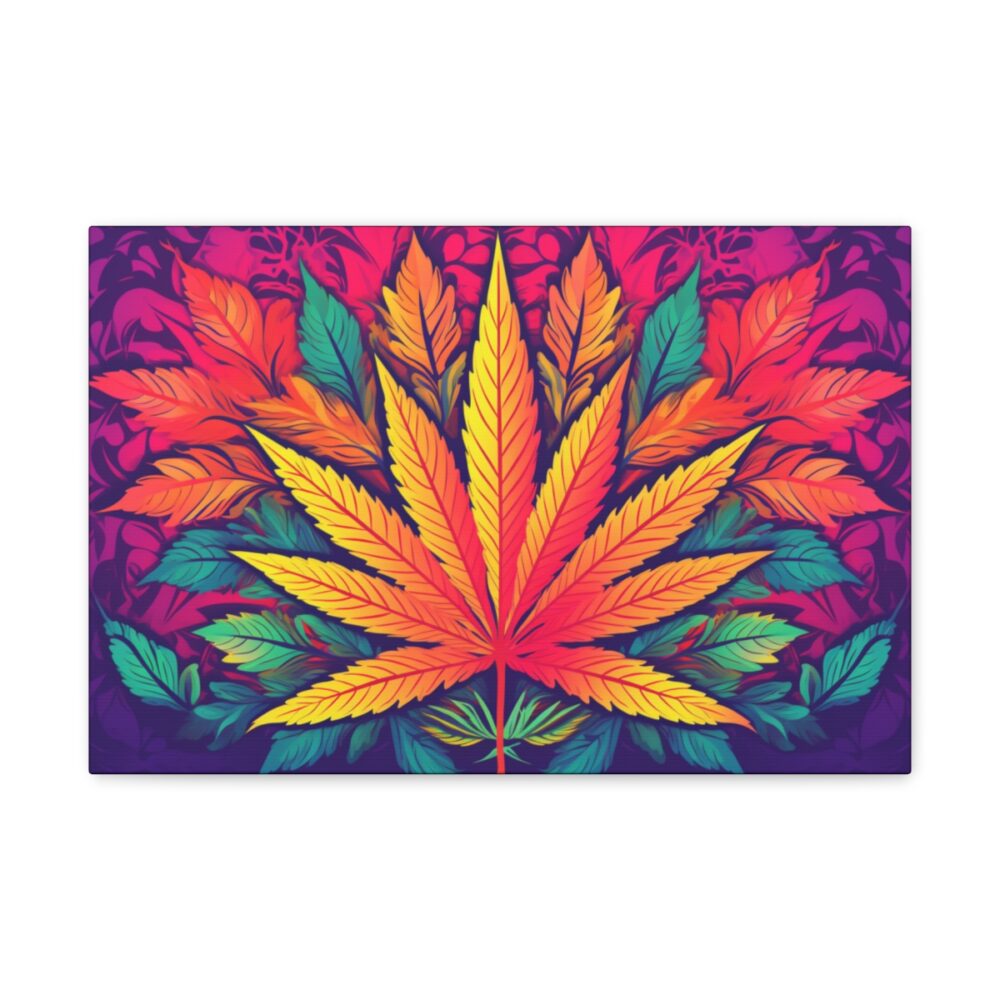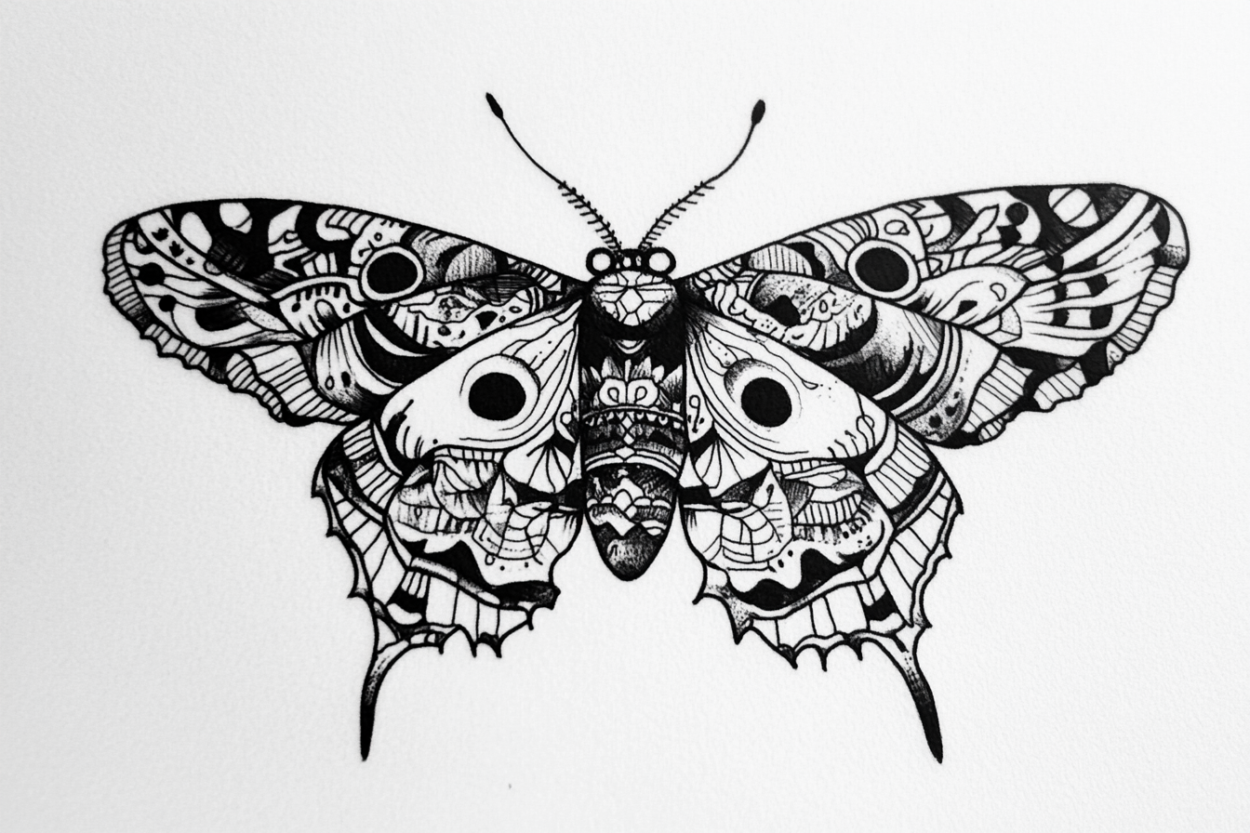Zen Art
Explore Our Zen Art
What Makes A Great Piece Of Zen Art?
Zen art, also known as Zen-inspired art or Zenga, is a genre of artwork deeply rooted in Zen Buddhism and its principles. It is characterized by its minimalist and meditative aesthetics, seeking to capture the essence of Zen philosophy through simple and contemplative expressions.
Zen art often features ink brushwork on paper, reflecting the Japanese ink painting tradition known as Sumi-e. The use of black ink allows for a focus on the interplay between light and shadow, creating a sense of harmony and balance. The artwork typically embodies the concept of "less is more," using minimal strokes to convey profound ideas and emotions.
Nature and the natural world play a significant role in Zen art. Artists frequently depict landscapes, birds, flowers, or other natural elements as a way to evoke a sense of tranquility and interconnectedness with the universe. The aim is to capture the fleeting and impermanent nature of existence, emphasizing the beauty and transience of the present moment.
Beyond the visual aspect, Zen art carries a symbolic and spiritual dimension. It seeks to convey the teachings of Zen Buddhism, emphasizing concepts like mindfulness, emptiness, and enlightenment. Zen art can serve as a contemplative tool, inviting viewers to reflect, meditate, and cultivate a sense of inner peace and self-awareness.
The simplicity and elegance of Zen art have influenced various artistic disciplines, including calligraphy, poetry, and tea ceremony aesthetics. Its impact extends beyond the realm of visual art, permeating other aspects of traditional Japanese culture.
You May Also Like
Explore Our Blogs
Read up on our writings on spirituality, psychology, and substance education












